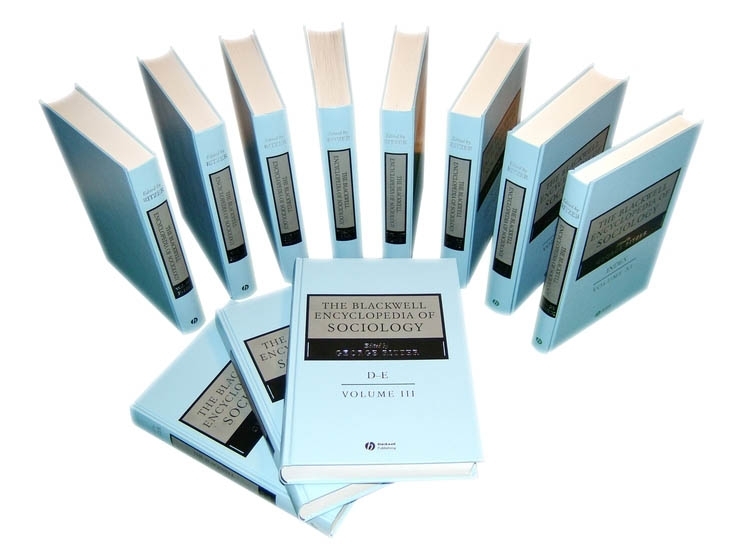Demography: Historical
Abstract
Demographic history is shaped by technological breakthroughs, such as the Neolithic Revolution beginning around 10,000 bce, and the first Industrial Revolution in the eighteenth century. Hunting and gathering peoples experienced anemic population growth; the diffusion of settled agriculture exploiting domesticated plants and animals engendered slow secular increase – albeit punctuated by dramatic reverses – in human numbers. The first and second Industrial Revolutions unleashed dramatic growth. Given the importance of understanding population dynamics, theories have flourished: notable are Malthusian theory exploring preindustrial demography, and demographic transition theory accounting for demographic developments after industrialization. Given the extant statistical record, research in demographic history implicitly differentiates between core and periphery zones. In the core, documentation being relatively satisfactory, evidence points to homeostatic Malthusian equilibriums ultimately ushering in demographic transitions, fertility often increasing prior to experiencing secular decline. In the periphery where evidence is scanty, theorists of population dynamics have struggled to apply principles applicable to the core.



